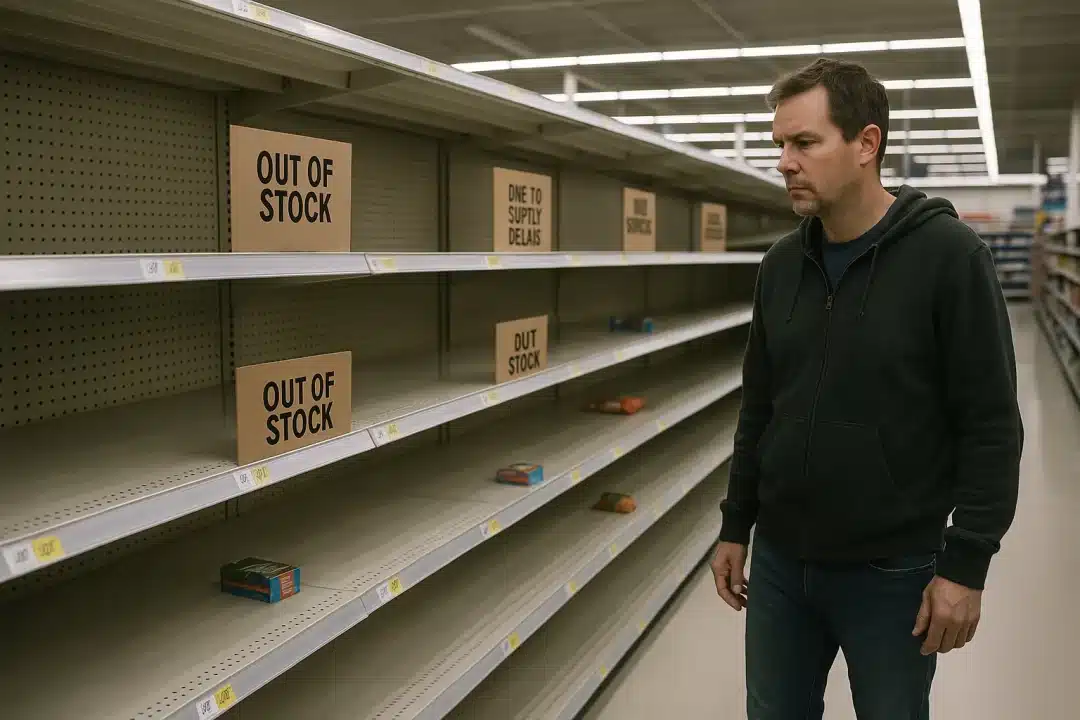
President Donald Trump’s sweeping tariff increases—some reaching as high as 145%—on Chinese imports are sending shockwaves through U.S. supply chains.
The aggressive trade move has already led to a sharp decline in incoming shipments, particularly of consumer goods. Industry leaders warn that product shortages and price spikes are imminent.
Major Ports Brace for Cargo Declines
Gene Seroka, Executive Director of the Port of Los Angeles, warned of a 35% drop in cargo arrivals in the coming weeks.
Retailers are reportedly halting orders from China and Southeast Asia in response to the new tariffs, with many stores facing stockpiles that may not last beyond six to eight weeks.
Small Businesses Bear the Brunt
While large corporations may be able to adapt, small and medium-sized businesses are struggling. Many lack the capital to absorb higher import costs or switch suppliers.
Chains like Five Below have already stopped sourcing from China, and online retailers like Shein and Temu are pushing the increased costs onto consumers.
Price Increases Hit Everyday Goods
The tariffs are particularly affecting essential product categories, including clothing, electronics, and baby supplies.
Some goods now face duties as high as 245%, leading to widespread concern about affordability, especially among lower-income families.
Trump Shrugs Off Concerns Over Shortages
Despite growing alarm from economists and retailers, Trump has downplayed the impact. In a recent statement, he dismissed toy shortages by saying children might have to settle for “two dolls instead of 30″—a comment that sparked backlash among working-class parents already burdened by inflation.
Economic Warning Signs Flashing
Experts are sounding the alarm. Analysts at Apollo Global Management forecast a potential recession by summer 2025 if tariffs persist. They predict widespread supply chain breakdowns, halted freight movement, and retail shelves going bare in many regions.
Consumers Urged to Prepare for Shortages
With product availability shrinking and prices rising, analysts recommend that consumers begin preparing now.
Goods most vulnerable to shortages include imported electronics, apparel, household items, and children’s toys.
As Trump’s trade war escalates, the long-term cost to U.S. households remains uncertain.

